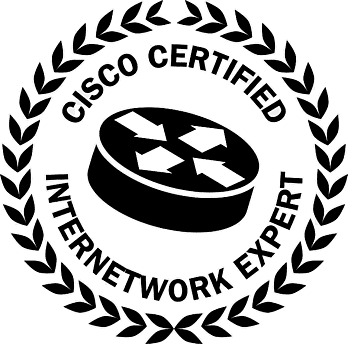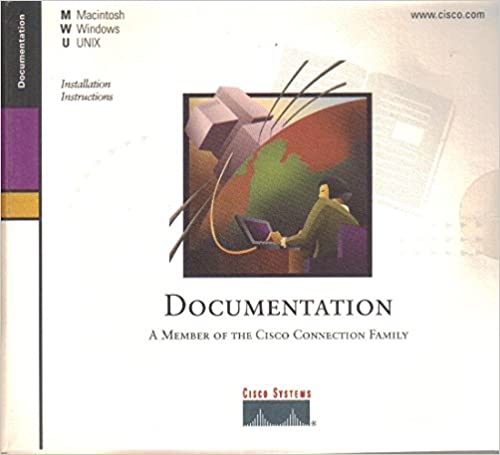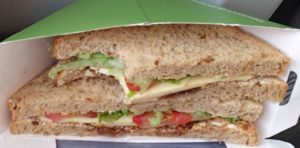
Hunkering Down
People often ask how I prepped for the practical lab, as it still exists in this form today. As well as the training and bootcamp (this was before the days of INE etc.), I had dedicated 6 weeks off work before taking the exam. This was immediately after the turn of the millennium, so one of the last things I did at work before was to be on-call for the Asia-Pacific region for Y2K, and their non-calamitous dip into the 21st century.
In true procrastination style for the final-push a revision timetable was created to prepare a programme of work to lab through.
As mentioned in the previous section I had a stack of kit running for about 5 months, which I managed to fit onto the top shelf of a built-in wardrobe – leaving the door open for ventilation when it was running. It was important to be able to ‘switch off’, so powering-down and closing the door temporarily gave some respite. It was always on your mind though. I was living in a shared house at the time, so I’d like to take this opportunity to apologise to Kath whose room backed onto the other side of the wardrobe!
The stack comprised a load of 2500 series devices, including the seminal 2511 which is still doing the business today as a console server, all borrowed from stores, maxed with RAM and flash upgrades.

Interconnection was via Ethernet, Token-Ring, X21, V35 and RS232 (although no FDDI!). I think there was a switch, but to be honest switching wasn’t an enormous part of the test – there were many more exotic things to do on routers like learning Banyan Vines (although I don’t remember that being on the syllabus if I’m honest!). I went through all the testing specification and the documentation CD, learning and labbing pretty much all of it. You could be tested on almost anything that was documented in here.
One of the key characteristics needed to pass CCIE, as it is today, is the speed of your work. I saw plenty of really good people through the years fail to get over the line as they weren’t able to move accurately at pace. The restriction of the speed of the documentation CD at the time was a real-limiting factor too, and it was drummed into you that you should memorise everything, with this only to be used in the lab as a last resort.

Travelling to the Test
I arrived in Brussels the day before the test, staying in the same hotel that most of the test takers used, and I did a recce to the Cisco office so that I’d be ready for the next day (no Google Maps in those days, nor phones that could even have run it!). Then a bit of light reading/revision, something to eat, setting a couple alarms and enjoying a broken night of sleep before turning up to the lab the next morning. My memory from here starts to go a bit hazy – it was quite a stressful experience.
Format of the Lab
The way the 2-day lab would work was that on the morning of Day 1 you’d firstly sit down with your test paper and do a network design with an IP addressing plan etc. I can’t remember if this was on paper or electronic, but this would be assessed/marked (worth 1 point) with the rest of the questions. All of day 1 was IP (and setting up the underlying transport), whereas day 2’s morning was designated ‘multi-protocol’ and the afternoon ‘troubleshooting’.
The score was out of 100 as I recall, with a passing score of 80. If you dropped 20+ marks on day 1 or in aggregate with the morning of day 2, making it impossible to score 80 or above, you’d be binned. Only those who had the possibility of passing would start the troubleshooting section on the afternoon of day 2 so attendance thinned out. The exams were hand-marked, section by section by the proctor at the end of each session, so you’d have to wait to find out how you had done (and if you were coming back).
Day 1
Everyone taking their CCIE lab congregated in the break-out / canteen awaiting our start. The bootcamp was pretty good in making sure that the environment wasn’t completely alien, so I was happy for that. However, I did seem to remember having a worry that we’d have IP phones ringing and people test talking into handsets – but thankfully this didn’t happen – perhaps that wasn’t on the syllabus by then.
There ended up being 6 people in my lab, and I think (told you about the haziness!) there was another lab of 5 – so eleven in total starting their CCIE lab that day. My abiding memory here was that it was true that you could just help yourself to cans of Coke, which was important to keep a non-tea/coffee drinker sharp!
Day 1 morning went well, I was able to set up the network and get a good number of the questions ticked off. I was on track. We all sat around the breakout area with sandwiches and buffet food for a common lunch, not saying much.

Panic
About a third of the way into the afternoon of Day 1 I knew I had a big problem. I could not for the life of me get my OSPF routing protocols fully up and running across my Frame Relay network. Everyone who did the lab around this time will instinctively know what the issue is from what I’ve just said. This is due to it being drummed into everyone incessantly – about making sure you add the ‘broadcast’ keyword where necessary, depending on the OSPF link types configured at each end and the medium. Except I didn’t remember it in that session, and I watched the time drain away. Also draining away was the colour on my face. I started breathing heavily and getting dizzy. I informed the proctor I wasn’t feeling great, and went and had a seat next to my friend, the free drinks fridge. My CCIE, and all the preparation that had gone into it felt like it was slipping away.
I managed to pull myself together, got back into the lab – did some other questions and took another look and still couldn’t work it out. I checked it dozens of times and just got nowhere. I stuck my hand up again, the proctor came over and I said I thought I was experiencing a bug. He ran a few commands and told me there was no bug. I pored over the command history to try and work out what he’d checked to point me in the right direction, but I’d blanked the fundamental advice which had been drilled into me. It got to the end of day 1. I felt certain that I’d failed at the first hurdle. I was gutted.
How did it turn out? Tune in to Part III…

